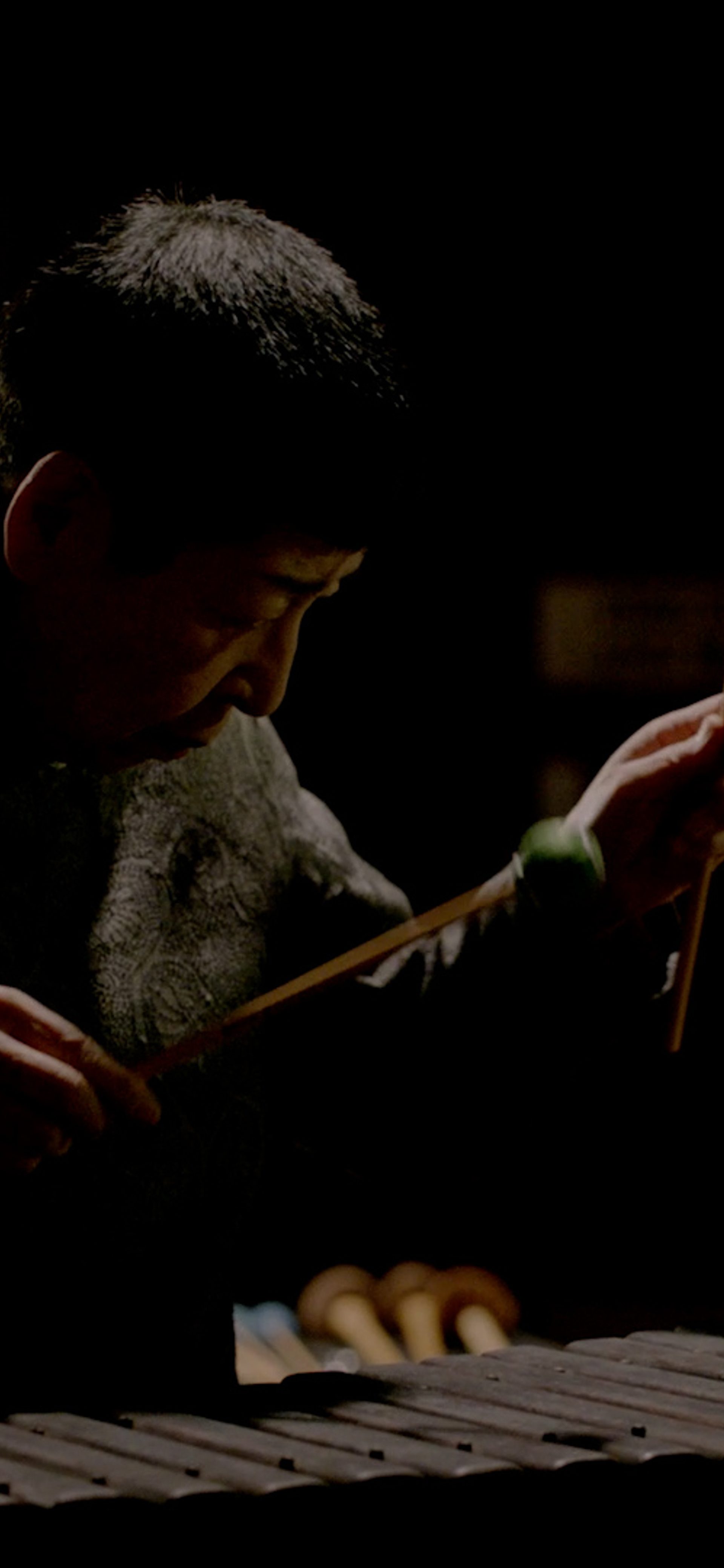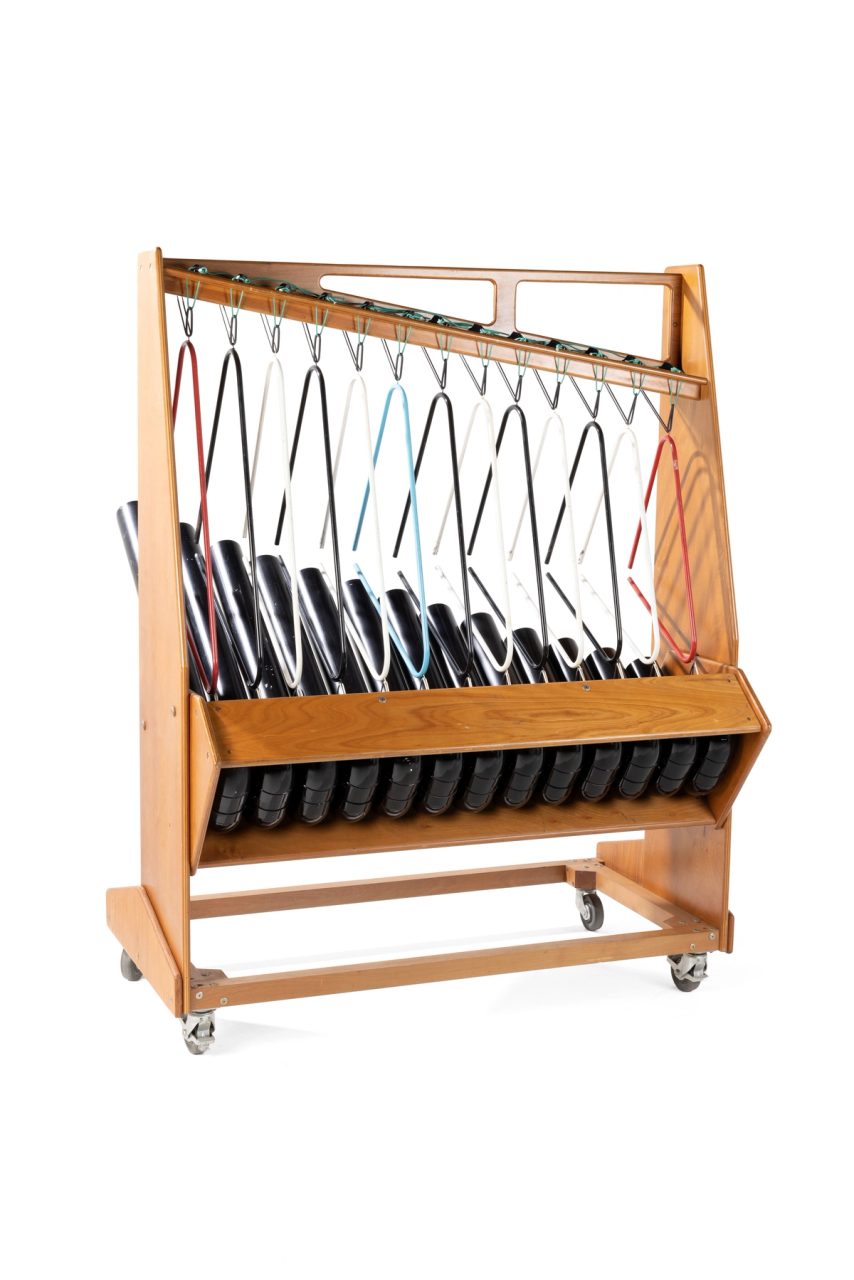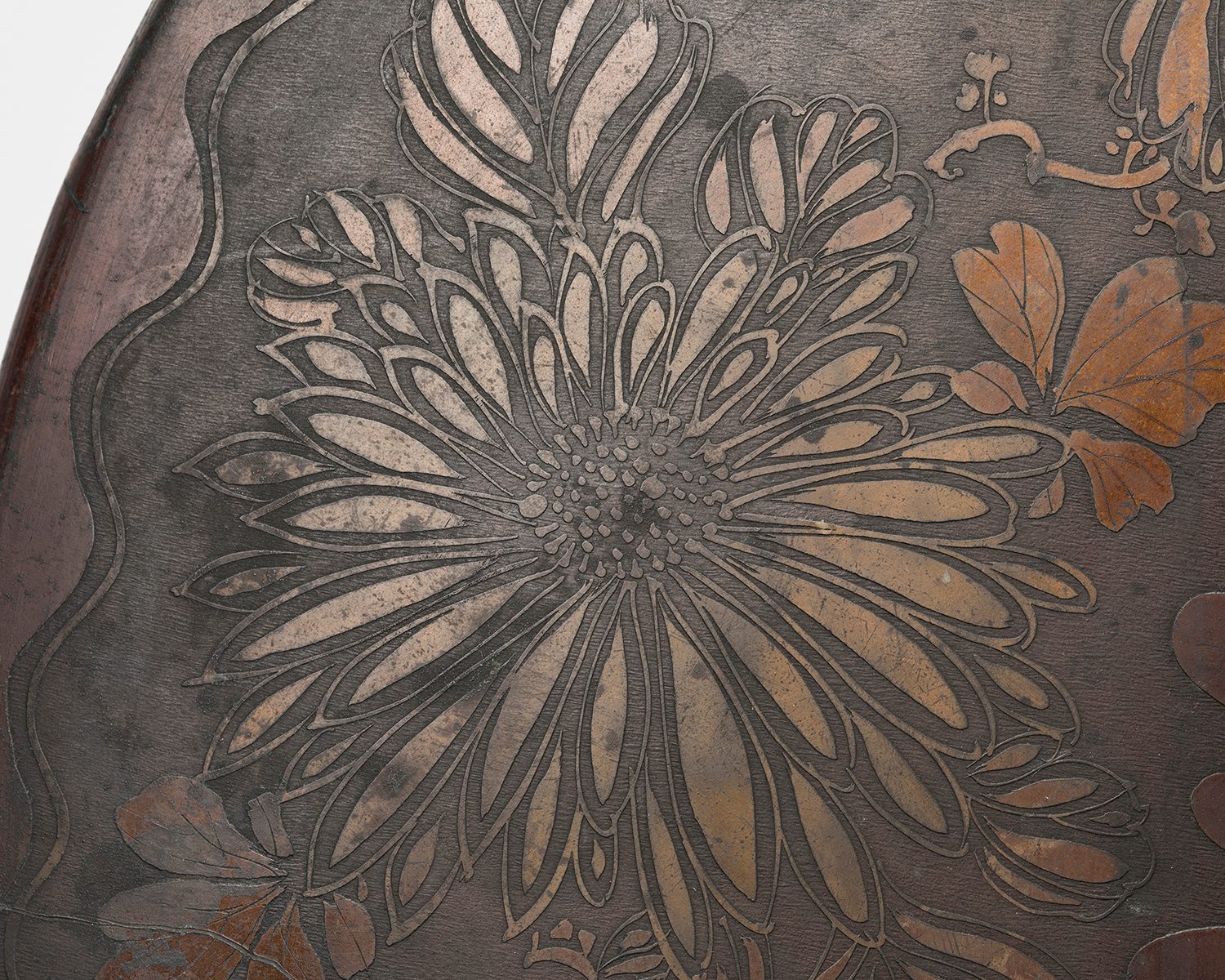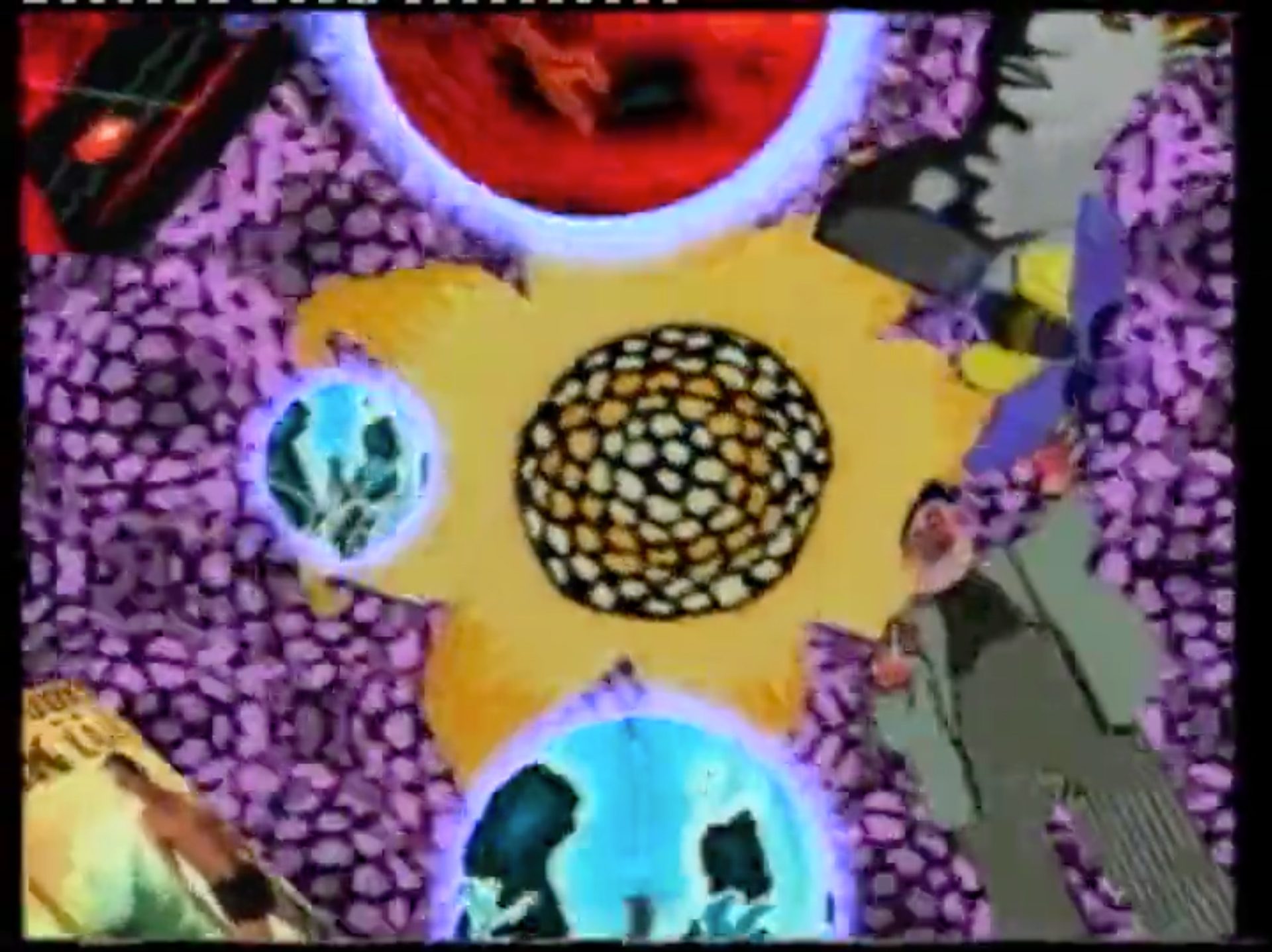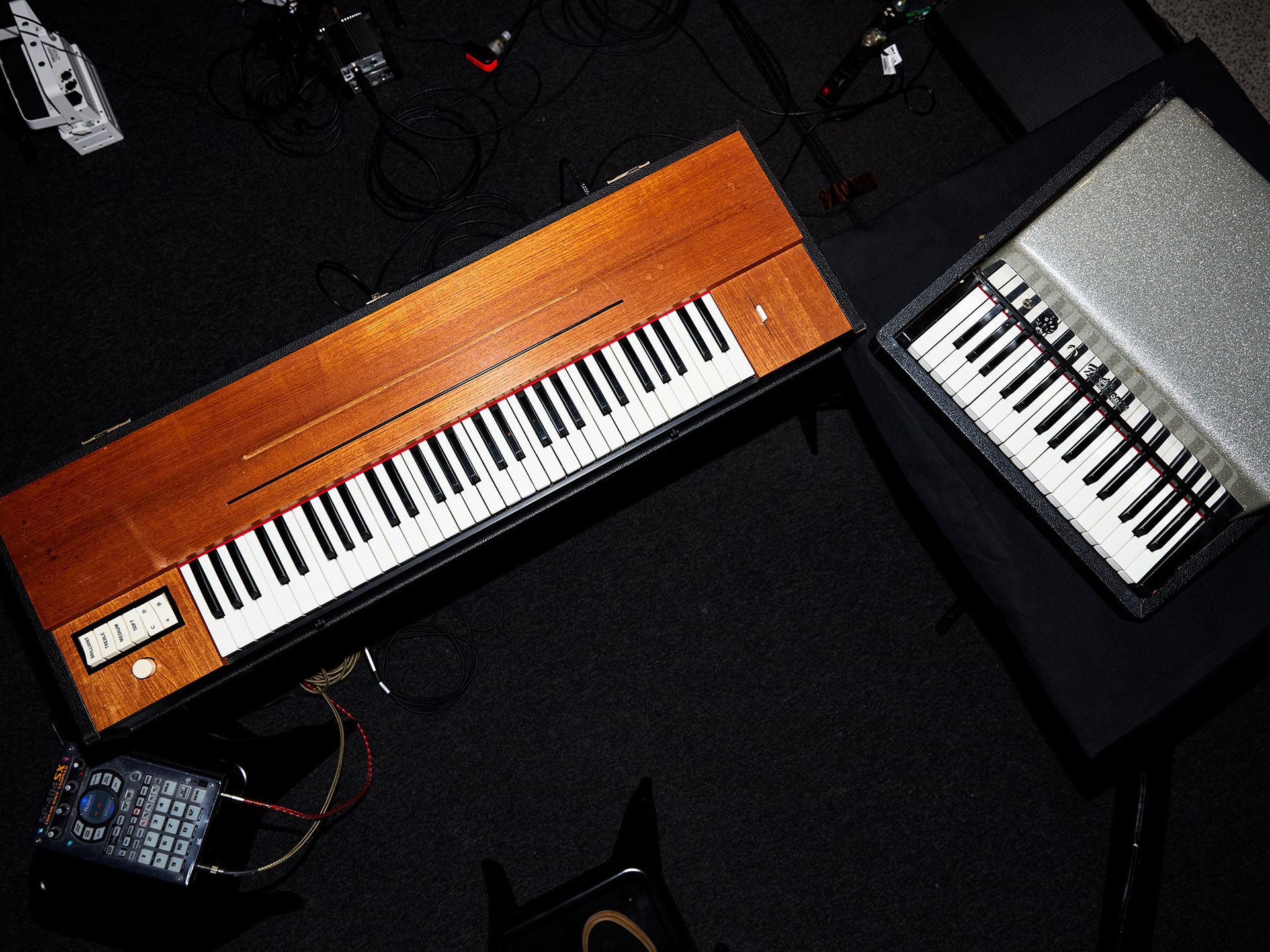Revealing Resonance

‘If you want to take care of the soul of an instrument, you can’t just use it as an ornamental object… you have to let sound out of it.’
Among more than half a million objects in the Powerhouse Collection lies a host of unusual, strange and wonderful musical instruments – silent and dormant in its stores. In 2022, Powerhouse asked renowned percussionist Midori Takada to sound some of these instruments once again in a special improvisational performance. Breathing life into an intriguing ensemble of instruments such as the gong, xylophone and taiko drum, Takada crafted an intimate and powerful performance to camera – while sharing her intimate knowledge of the instruments and their histories.
My name is Midori Takada. Sometimes I play music, sometimes I perform theatre, sometimes I compose. Today, here at the Powerhouse, I played many precious instruments from the Collection in a special performance. It is a privilege and a unique experience.
Alemba
The Alemba is made by Moya Henderson, a female composer who I feel comes from a similar background in contemporary and experimental music. The first time I saw this Alemba, I felt that I understood what she wanted to do. Probably both of us at this time were thinking about what new, experimental things we could do. That's what I wanted to reproduce within me today. It’s a really nostalgic feeling with that experimental energy from that era.
Rin
The rin is a Buddhist instrument. I don't know the origin of the one used today, but it's a very beautiful shape. It holds the spirit of praying. People would produce the sound with the thought of Buddha. It has a very spiritual feeling and sound – I love it.
In Tibetan Buddhism monks make sound by rubbing it. And in Japanese Buddhism the rin is hit with a bar wrapped with soft leather.
Gong
A small gong is sometimes used in Buddhism, but I think that this one would have been used for tea ceremonies. All the guests are waiting in the garden then the gong softly goes "gan, gan, gan". That is the cue for guests to enter the tearoom.
We say 'cha-dora' in Japanese. 茶 [cha] is tea and dora is a gong – 'cha-dora'. It is used in the temple, but in zen it's used for tea ceremonies. Both are spiritual.
Xylophone
The xylophone is a very interesting instrument because it changes depending on its origin. People made it with the materials of their surroundings, which changes the resonance and scale.
Sogo
The sogo is a Korean hand drum used by shamans as well as farmers.
Midori Takada
Midori Takada is a composer, multi percussionist, and theatre artist renowned in Japanese vanguard circles. Midori released two solo albums, Through The Looking Glass and Tree Of Life, and wrote music for Tadashi Suzuki's theater plays. Her hypnotic, minimalist music is based in the concept of coherence between sound and the human body. She performs solo on marimba and other percussion instruments.
She debuted on the scene of Berlin Philharmonic, performing with the RIAS Symphonie-Orchester Berlin just after graduating from Tokyo University of the Arts in 1974. She continued her career with solo concerts in Japan and abroad.
In the 1980s Midori began to explore the traditional music of Asia and Africa. Her fascination resulted in joint projects with Kakraba Lobi from Ghana, Lamine Konte from Senegal, Farafina Band from Burkina Faso, and Korean musicians: zither player Chi Seong-Ja, flute player Won-Il, and saxophone player Kang Tae-Hwan. She also led Mkwaju Ensemble's innovative percussion project and still performs with free-jazz band Ton-Klami with Kang Tae-Hwan and jazz pianist Masahiko Satoh.
‘I started my career as a classical musician but gradually I became interested in African music, Asian music, rock, jazz... everything. I thought, what should I do? Then I found a sound for myself. I have my own tradition.’










